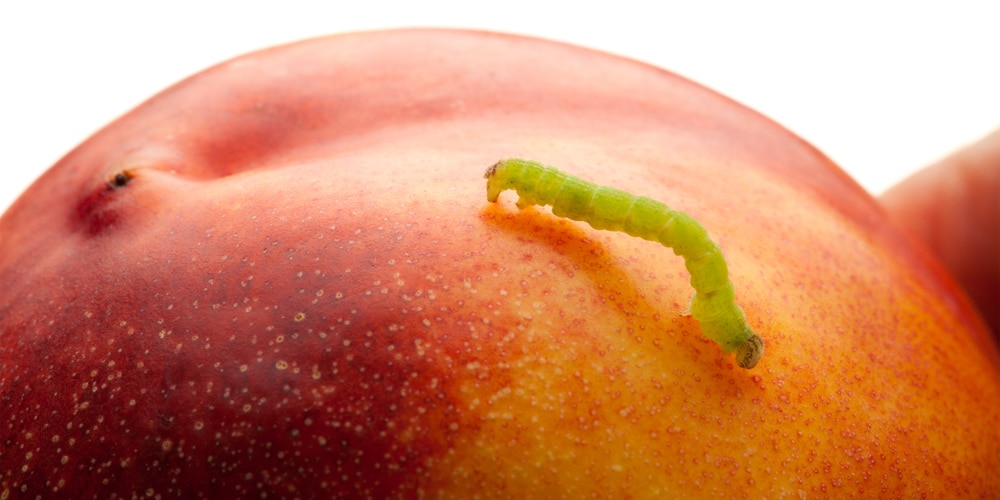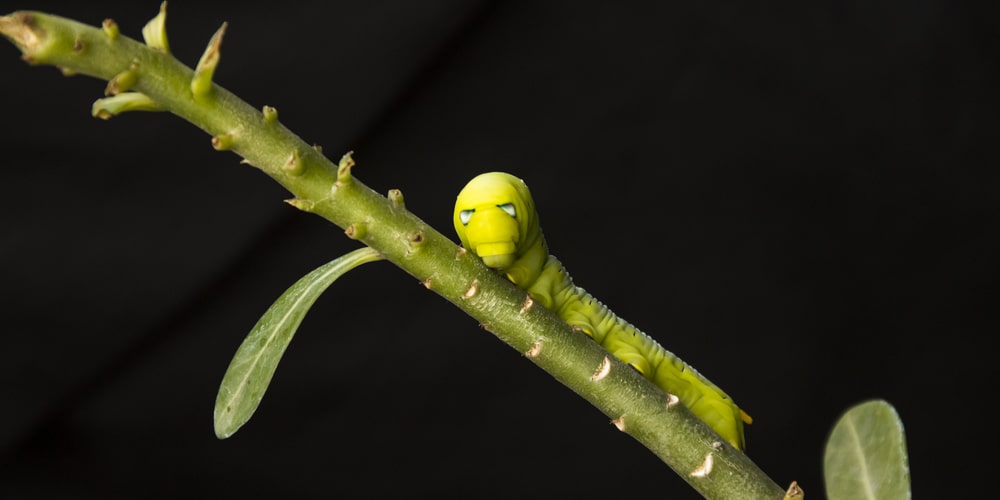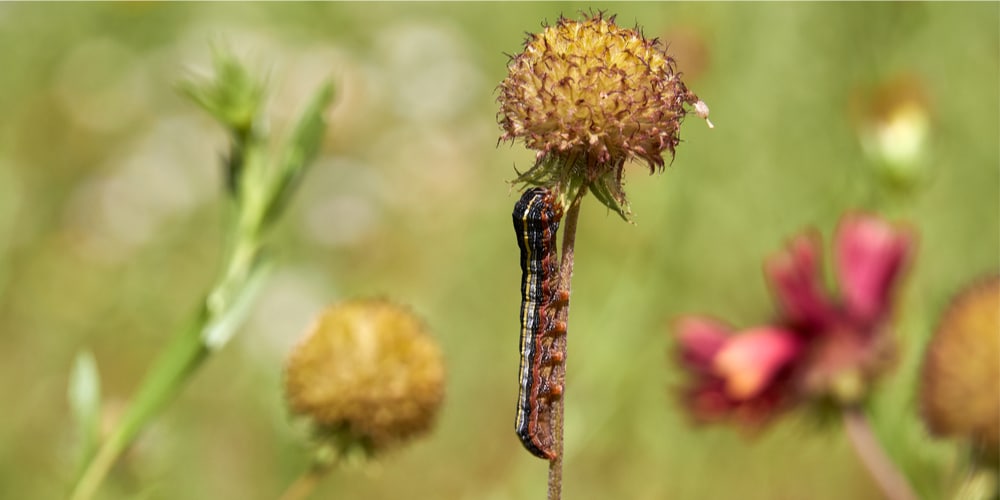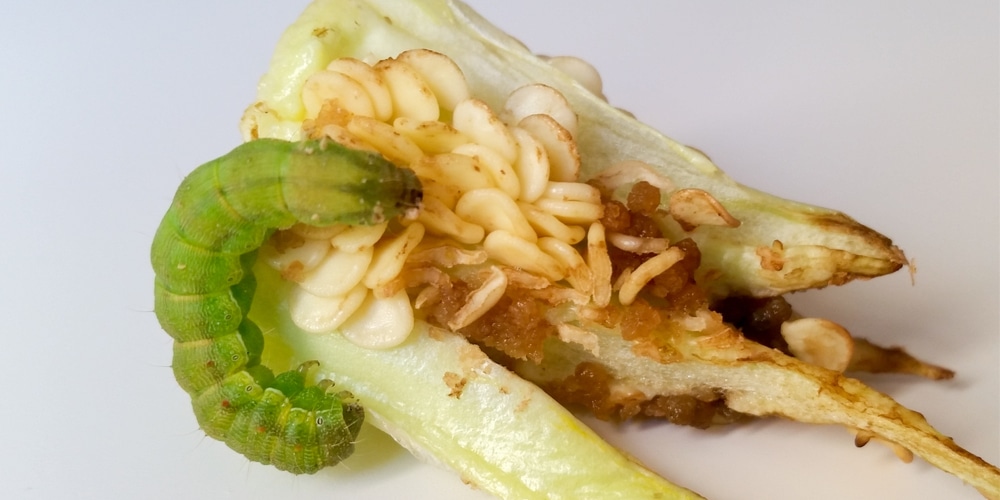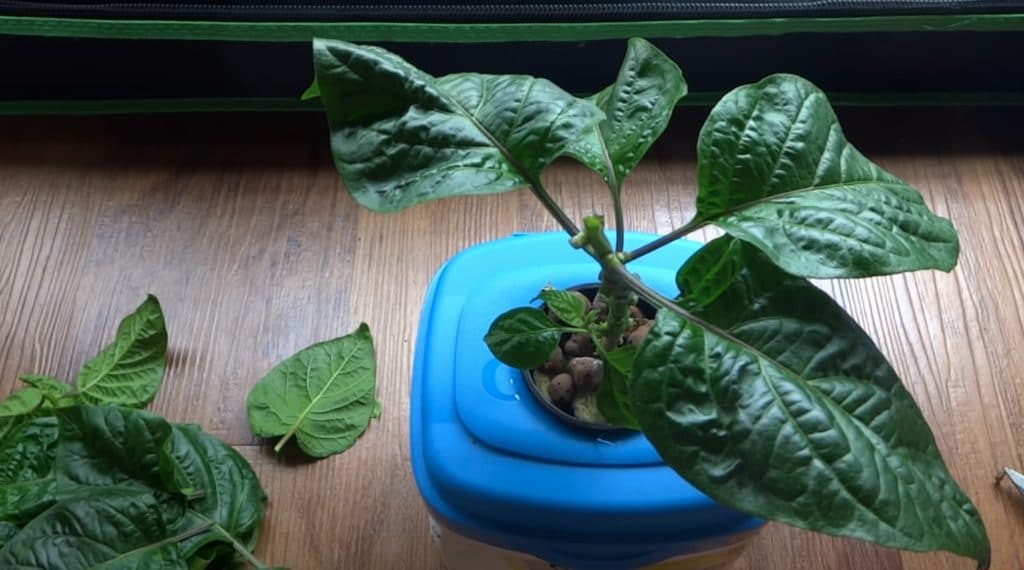If you’re growing pepper plants, it can be frustrating to find that something has chewed holes in your plant’s leaves or fruit. It’s important to control pests if your pepper plants are to thrive and have a bountiful yield.
The most common culprit when it comes to holes in pepper plant leaves is likely to be a caterpillar. Fruit worms and yellow striped or beet armyworms are common. If your pepper plants have holes in the leaves, read on. This article will answer the question, ‘what is eating holes in my pepper plant?’ We’ll also look at how to get rid of common pests that will attack your vegetables.
What Is Eating Holes in My Pepper Plants?
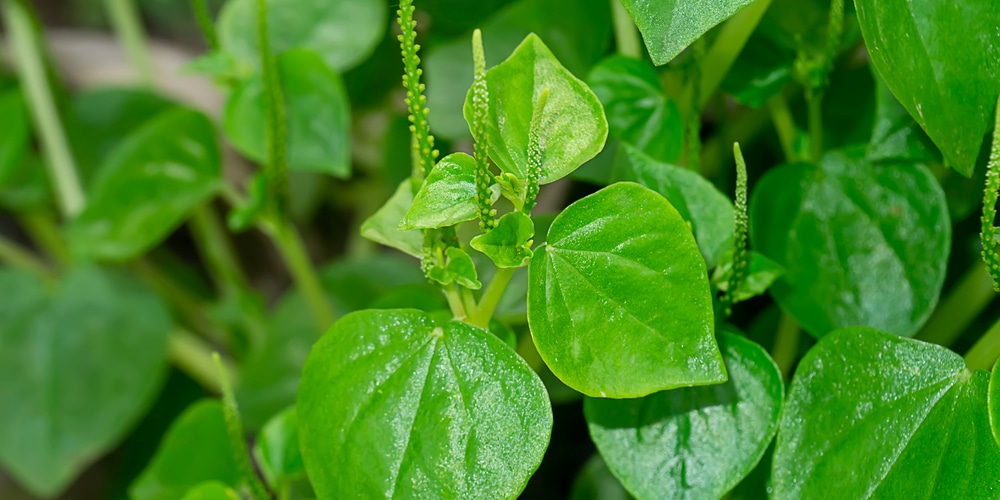
Peppers plants are generally grown as annuals. In some states, they are perennials in the USDA plant hardiness zones 9 to 11. If holes are appearing in your pepper plant leaves or fruit, there are three main culprits. Fruit worms, beet armyworms, and yellow striped armyworms are caterpillars that are commonly found in vegetable gardens across the states. It’s essential to identify what’s causing the problem and take steps to illuminate these pests before your plants become infested. Caterpillar infestation can kill your plants or reduce yields.
Fruits worms
The most common pest known for eating holes in pepper plants is the fruit worm. These yellow, green, or black caterpillars are sometimes known as tomato fruit worms or corn earworms. Their scientific name is Helicoverpa zea, and they are recognizable by their unique appearance. Fruit worms have thin white lines covering their bodies and black spots.
These caterpillars are the larvae of moths. The moths lay tiny white eggs on tomato and pepper plants’ leaves. After just two or three days, the eggs will hatch in two to three days. The young worms head towards the fruit, bore deep inside the tomato or pepper, and live there until they grow larger. The worms eat the peppers from the inside out, making the peppers feel soft to the touch. You may also see holes in the pepper plants and leaves.
Beet armyworms
Another common culprit is the Beet armyworm, which has the scientific name Spodoptera exigua. This caterpillar is approximately an inch long and has a light green body and a darker head. The caterpillar also has darker lines on its back.
If you’ve noticed fluffy, white eggs in clusters on your pepper leaves, this is likely to be a beet armyworm. You can wipe the eggs off and dispose of them before they hatch. If left unchecked, these eggs will hatch into larvae in two or three days.
Yellow striped armyworms
Yellow striped armyworms are also called Spodoptera spp. These black caterpillars have thin yellow stripes on their sides. Like fruit worms, they are also the larvae of a moth. The female moths will lay eggs in clusters on pepper plants and other vegetables. Eggs are recognizable as they have cotton-like grey substances and are laid in clusters. If you notice these eggs, you can remove them and destroy them. Once yellow striped armyworms hatch, they will eat your plant’s leaves and any fruits, whether ripe or yet ripened.
Damage caused by caterpillars
The three most common types of caterpillars eat pepper plants and fruit. They will often make large, deep holes in the pepper fruit and will enter the fruit near the stem. Peppers that are infested feel soft to the touch and will also start to rot and become discolored. They will eventually fall off the plant before having a chance to ripen fully.
Often yellow-striped armyworms only make small holes or feed on the pepper’s skin. This is superficial, and the crop can still ripen and is edible, providing the damage isn’t too large, and the worms haven’t been able to enter the pepper. Sometimes pepper loss will still occur as the worms can allow disease organisms to get into the peppers.
Young beet armyworms prefer to eat the pepper plants’ leaves, and if your plants are infested, you’ll find that the leaves become skeletonized. Mature larvae like to eat young peppers and will enter the fruit near the steam. Beet armyworms are very active, and a single larva can move over all your pepper plants nibbling it as it goes. For this reason, many gardeners think they must have lots of insects rather than just one or two.
How to Monitor Your Pepper Plants?
It’s a wise idea to check your pepper plants daily for signs of pests and damage. Look out for signs of worms such as moths, eggs, and larvae. Get into the habit of checking your plants regularly and continue from seedling until harvest. If you notice any eggs, wipe them off your plant before they hatch.
You can pick worms off by hand and kill them by dropping them in soapy water. You may also like to use a pesticide to treat your plants. This can be timed with the eggs hatching. Try to get rid of the larvae when they are small.
Here’s when to top pepper plants, if you are new to them.
Using Pesticides
Pesticides that contain Bacillus thuringiensis (Bt) are beneficial for caterpillars and will get rid of most species. BT is a soil-born bacteria that occurs naturally and won’t harm your pepper plants. The bacteria works by affecting the caterpillar’s digestive tract, which kills these insects.
After ingesting the pesticide, the caterpillar will stop eating your pepper plants and will soon die. It’s a good idea to treat your plants as soon as you notice caterpillars, as small infestations are a lot easier to control than large caterpillar populations.
Beet armyworms can rapidly increase in population as about 600 eggs are laid at a time. BT pesticides are available in various applications; the dust form is the easiest to use as it can be sprinkled on your plants leaves.
Conclusion
When growing peppers and other vegetables, pest control is very important. If something is eating holes in your pepper plants, it’s probably a catepillar. There are three main types of caterpillars that affect pepper plants. These will affect your plant’s health and your fruit harvest. It’s a good idea to check your plants regularly and take action as soon as possible if you notice any signs of pests. Remove eggs and worms by hand and use a pesticide if necessary.
